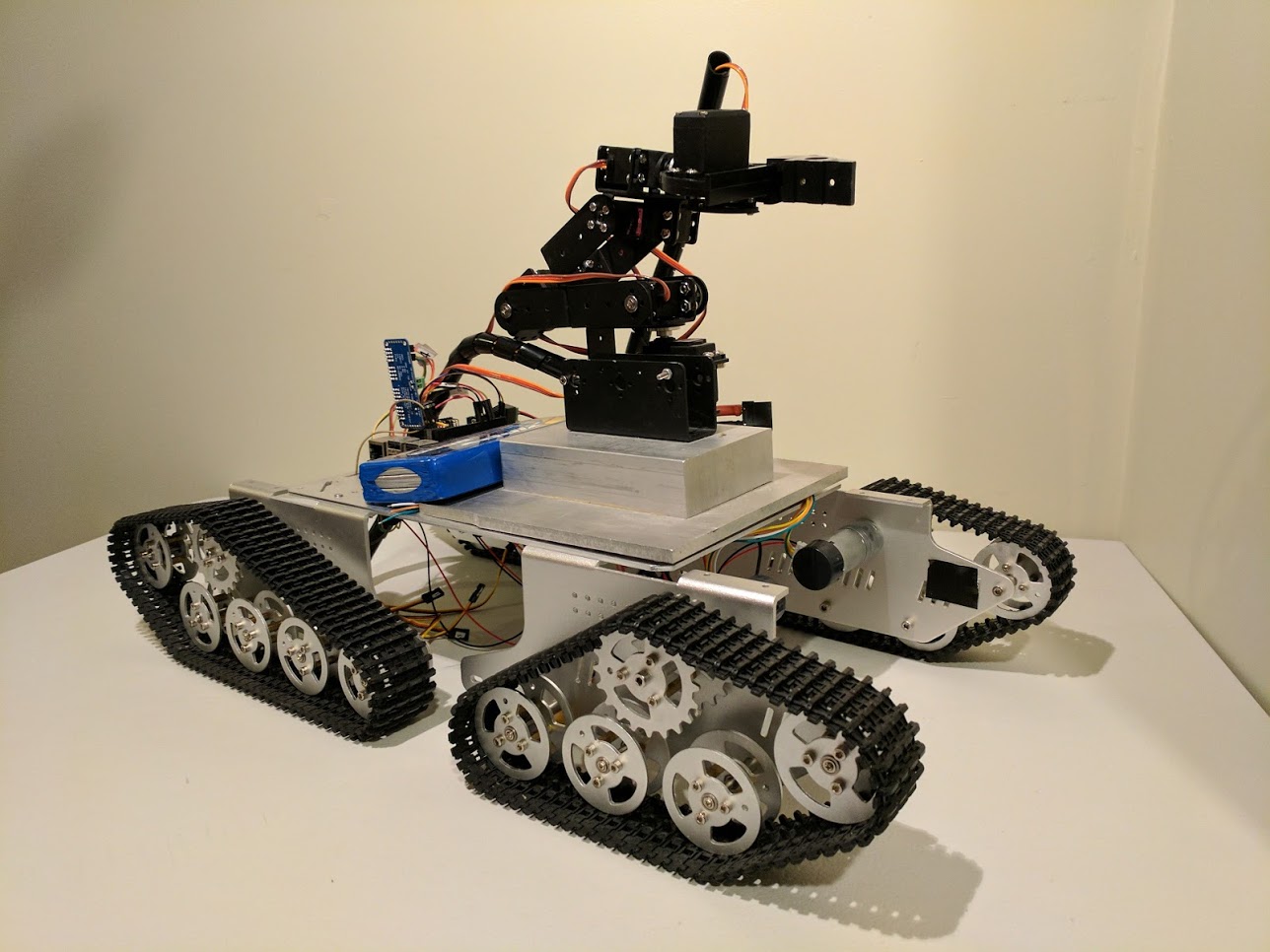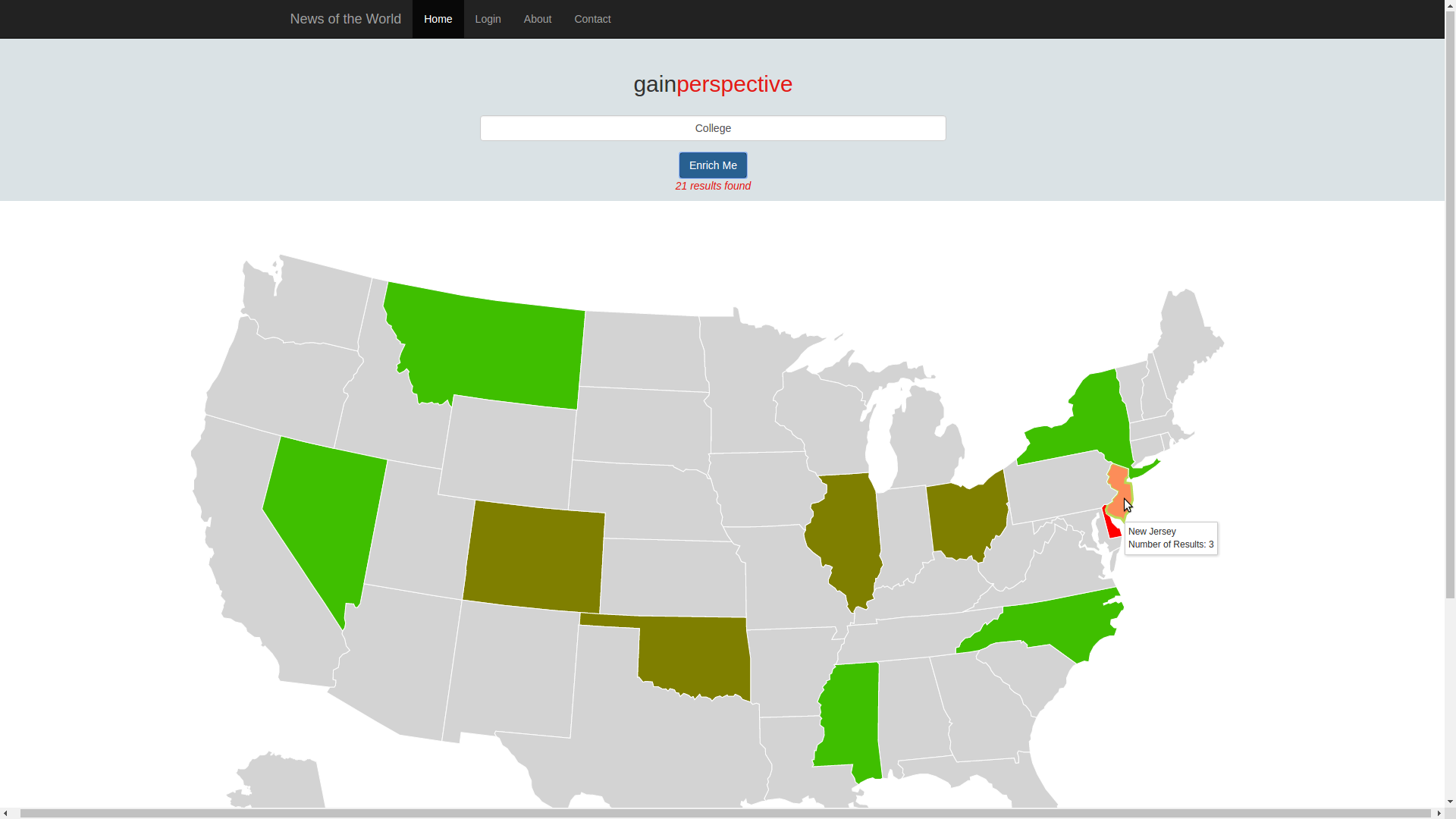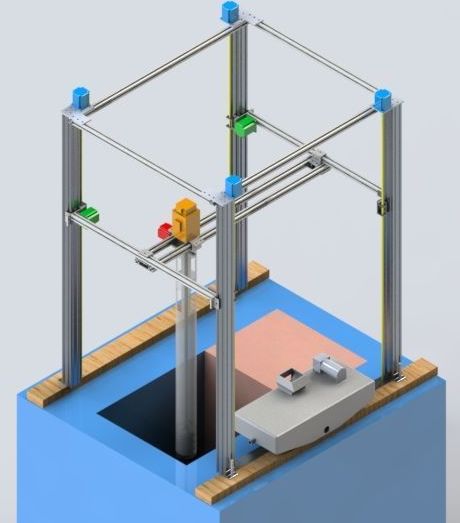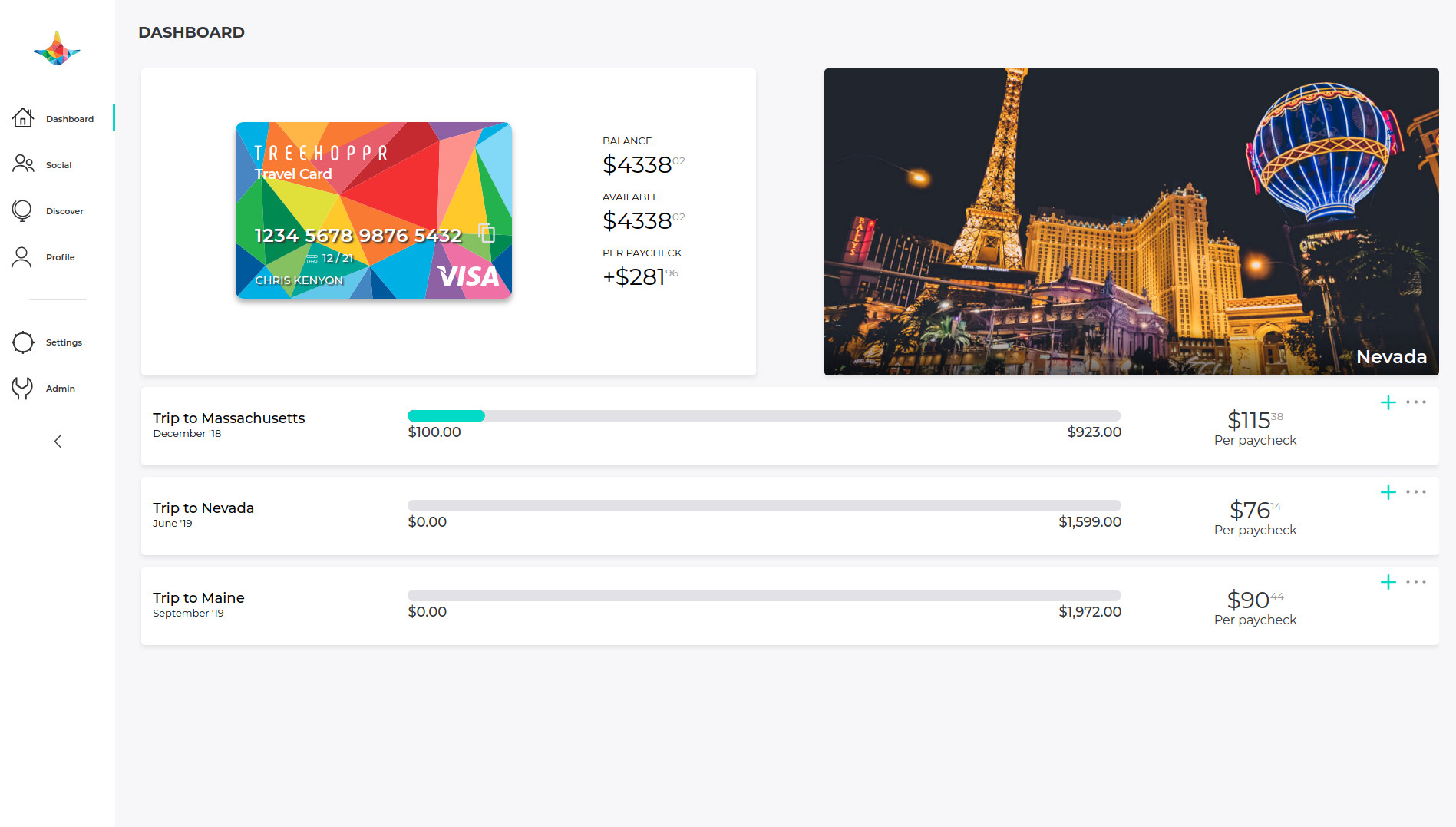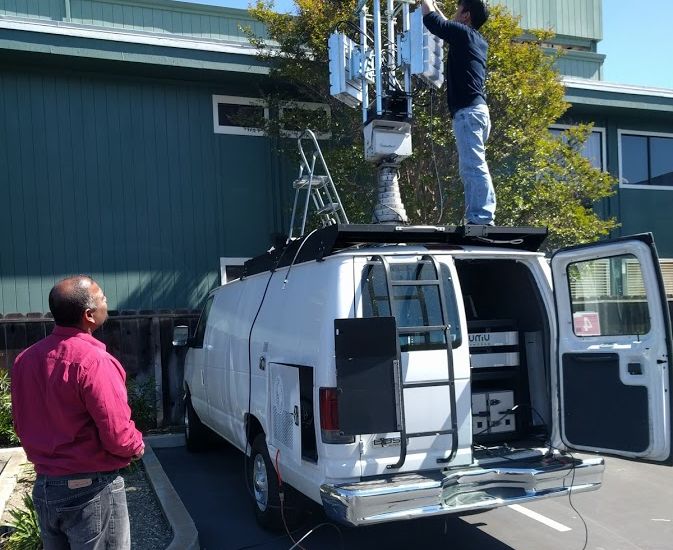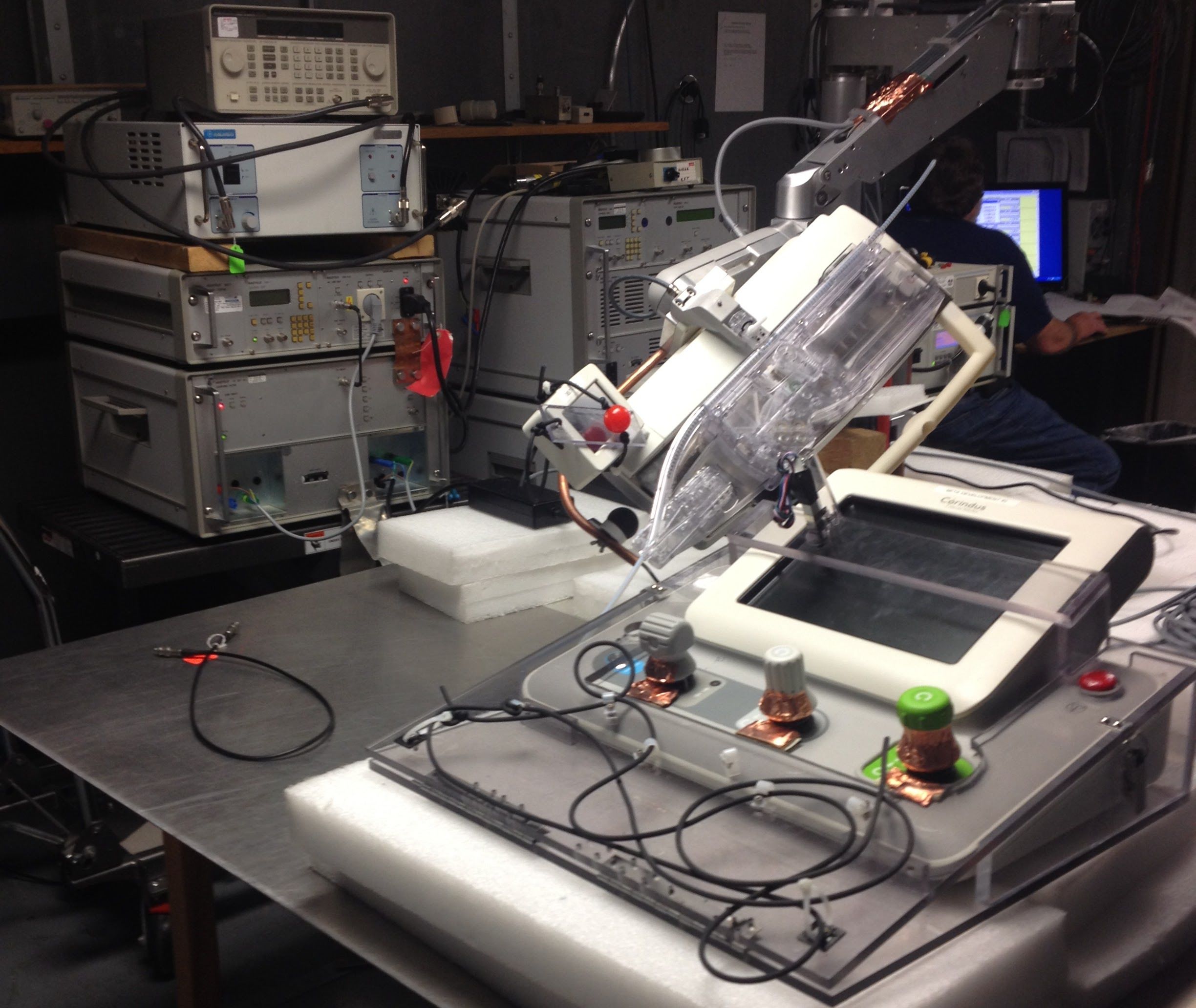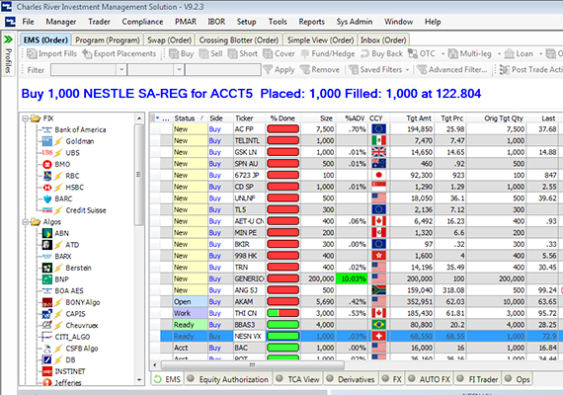Learn More About My Projects
Capstone
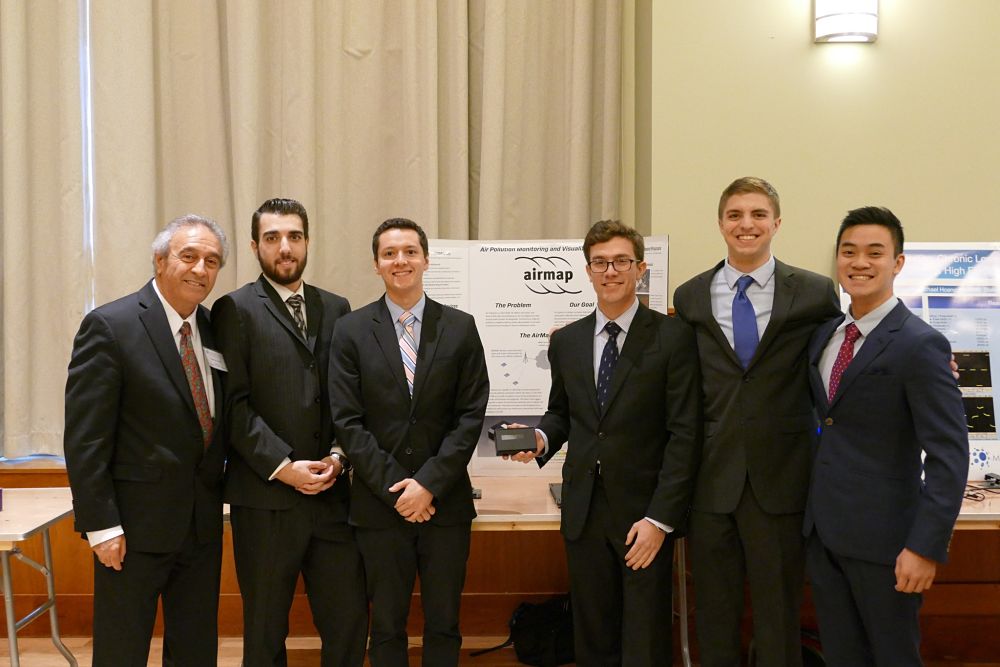
For my senior capstone, my team and I decided to undergo a project that would be truly meaningful. We took our time to research and unconver an area of environmental research that was surprisingly difficult to tackle with the current tools on the market - air pollution monitoring. It is an obvious global issue with a variety of adverse affects to the health of humans and most other species we share Earth's land and skies with. The tools we currently monitor air pollution with are often bulky, fixed, and expensive, or otherwise inaccurate, and none provide a meaningful way of examining the collected data without extensive programming knowledge.
In this, AirMap was born in a 4 month long hectic process of all-nighters and extreme overwork by the five handsome electrical and computer engineering student you see here. We developed a uniquely shaped printed circuit board and mechanical enclosure with detailed attention to airflow and accuracy to create a sleek handheld device for monitoring ozone and particulate matter levels, which sends geolocated data to a cloud server with an intuitive and responsive web interface for viewing and processing the data. My work focused mainly on developing the web server, the front end, and firmware to integrate with the cloud server. This gave me extensive practice with firmware integration, building Django frameworks, designing beautiful web pages, deep analysis in Python with large data sets and numpy, and high level system design and implementation. This full solution was expertly engineered, and far beyond the expectations of a normal capstone team after many, many long nights, earning the AirMap team the first place prize. This is the type of dedication you can expect out of me as an engineer.
Watch the full presentation here, the "Holy crap that video is 23 minutes long, give me a 7 minute one" here, or the "I don't really care, dude. Give me a minute long touchy feely video" one here.
